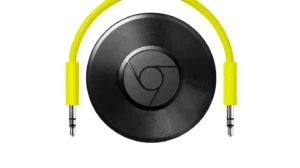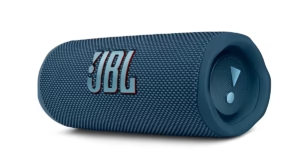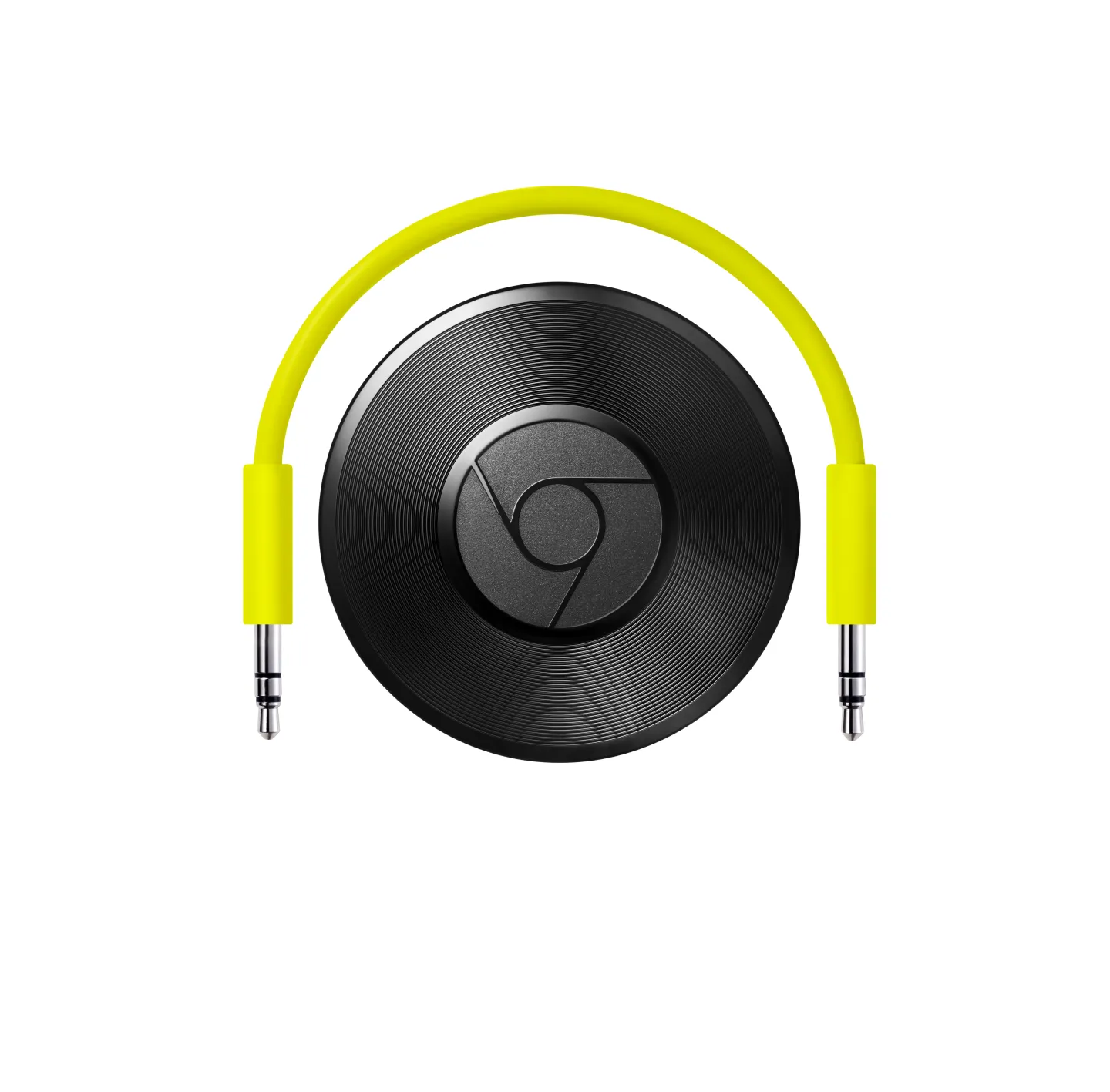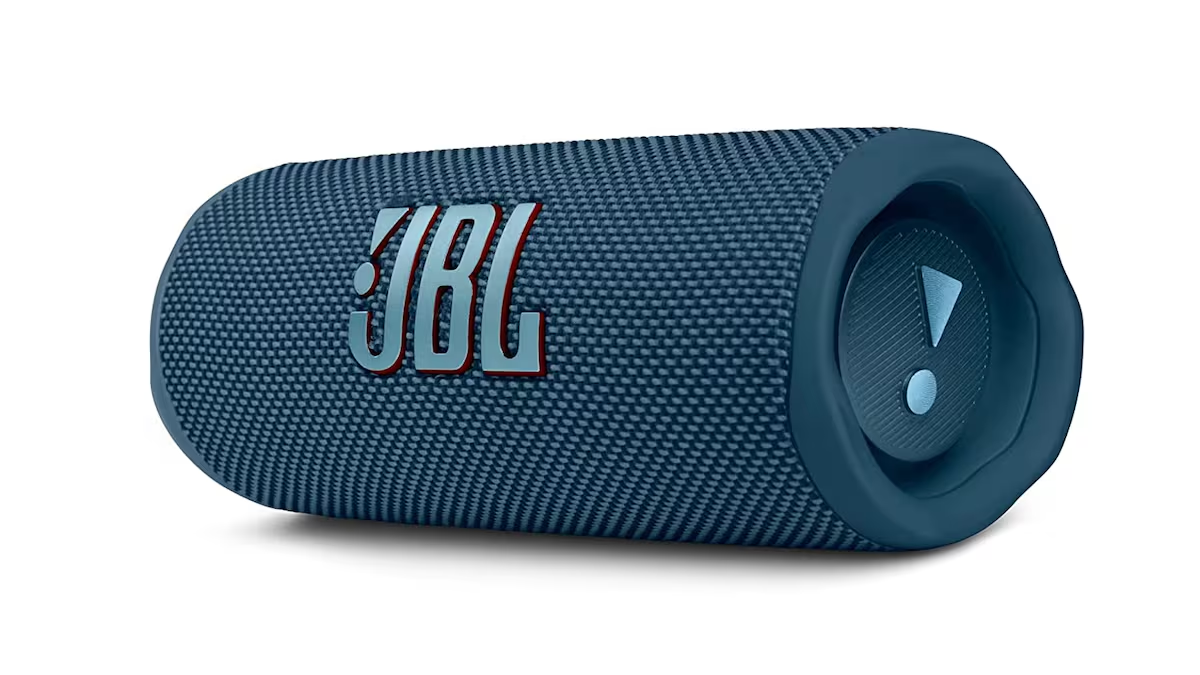In a groundbreaking advancement in wearable technology, AI-powered devices are now enabling humans to possess superhuman strength. Leading the charge are Hypershell ProX and The Guardian, two innovative products that signify a quantum leap in the capabilities of wearable technology.
Key Highlights:
- Hypershell ProX, an AI-powered exoskeleton, enhances physical capabilities for outdoor activities.
- The Guardian, a wearable AI device, multiplies user strength, aiding in lifting heavy objects.
- Both devices use advanced AI to adapt to user movements and provide real-time support.
- They open new possibilities in various fields, from ecotourism to industries requiring heavy lifting.
- Ethical and safety considerations are integral to the development and usage of these technologies.
 Hypershell ProX: A Gateway to Enhanced Outdoor Adventures
Hypershell ProX: A Gateway to Enhanced Outdoor Adventures
Developed by Hypershell, a startup from Y-Combinator China, the Hypershell ProX is an all-terrain exoskeleton that acts as a second skin. It boosts your strength, speed, and endurance, transforming outdoor experiences. The device can switch between nine motion postures, from walking to climbing, providing up to 800W of power for effortless movement. Weighing just 2kg, it’s both lightweight and durable, withstanding extreme weather conditions.
The Guardian: Transforming Industries with Enhanced Strength
The Guardian, another pioneering device in this realm, is designed to be worn on the user’s arm. It employs AI algorithms to amplify the user’s strength by up to ten times, enabling feats like lifting a car or heavy industrial equipment with minimal effort. This technology has significant implications for industries such as manufacturing, construction, and healthcare.
The Intersection of AI and Physical Endurance
Both devices exemplify the integration of AI with human physicality. They sense and adapt to user movements, providing tailored support that enhances natural capabilities. This synergy of AI and physical endurance marks a new era in wearable technology, opening up avenues previously deemed impossible.
Enhancing Human Endurance and Productivity
- Versatility in Applications: Beyond outdoor adventures and industrial use, these wearables have potential applications in rescue operations, military exercises, and healthcare. They could aid firefighters in carrying heavy equipment or assist in patient handling in medical facilities.
- Increased Productivity: In industrial settings, such devices could dramatically increase productivity and efficiency. Workers could perform tasks that previously required heavy machinery or multiple personnel, reducing operational costs and time.
Safety and Ethical Considerations
As these technologies progress, safety remains paramount. The Guardian includes features to monitor muscle activity and prevent overexertion. Similarly, Hypershell ProX is designed for those who can walk without assistance, underscoring its role as an enhancement rather than a medical device. Ethical considerations, especially concerning the augmentation of human abilities, are central to the ongoing development and deployment of these wearables.
A New Era of Human Capability
The advent of AI-powered wearables like Hypershell ProX and The Guardian heralds a new era in human capability. These devices not only offer enhanced strength and endurance but also promise to revolutionize various industries and outdoor activities. As we embrace this technological leap, it is crucial to navigate the ethical and safety landscapes that accompany such profound advancements.


















